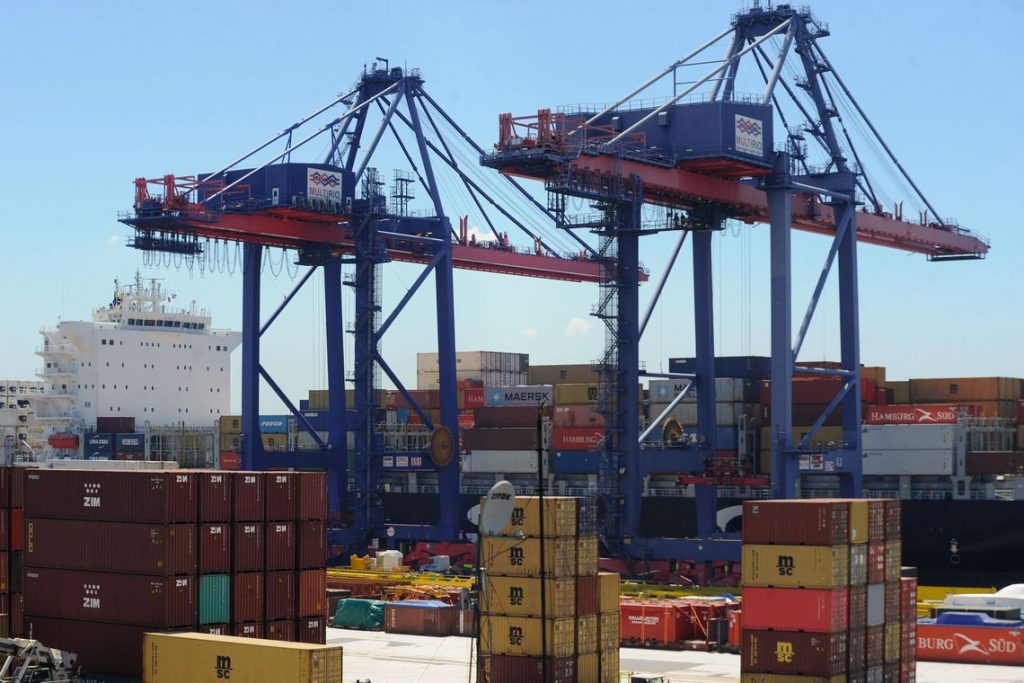São Paulo – In the first quarter of 2019, the Brazilian trade balance posted a USD 10.889 billion surplus, an 11.1% drop over the same period of 2018. This data was published this Monday (1st) by Brazilian Ministry of Economy.
Up to now, in the accumulated of 2019, exports reached USD 52.026 billion. Compared to 2018, exports shrank 3% by the daily average. Imports reached USD 42.138 billion, a number 0.7% lower than in the same period of last year, also by the daily average. The trade flow reached USD 95.164 billion, a 2.0% drop over the first quarter of 2018.
Manufactured exports dropped by 9.8%, down to USD 19.442 billion, and semi-manufactured goods by 3.5%, down to USD 7.16 billion. On the other hand, sales of basic products grew by 8.7%, up to USD 26.421 billion.
Considering only March, the trade balance stood positive at USD 4.99 billion. This value is 22.3% lower than the one reached in the same period of 2018. Brazilian exports ended the month at USD 18.12 billion, a 1.0% drop over March 2018. Compared to February 2019, there was a 17.1% increased by the daily average.
Imports reached USD 13.13 billion, an increase of 5.1% over the same month of 2018, and 9.5% over February 2019. In this period, trade flow reached USD 31.25 billion, a 1.5% growth in the same comparison.
Basic goods imports were 7.9% higher than March 2018, reaching USD 9.689 billion. Sales of manufactured goods reached USD 6.148 billion, a 6.5% drop in the same comparison; and semi-manufactured goods reached USD 2.282 billion, a 0.5% drop.
Among the buyers, the Middle East region grew by 57.4% in March compared to the same month of 2018. According to the ministry, this was mainly due to planes, iron ore, soy bran, soy beans, aviation motors and turbines pieces, corn beans, beef, and flat iron/steel laminates.
Translated by Guilherme Miranda




